Step 5: Generate Ideas on How to Resolve the Conflict
After reframing the conflict so both sides have an interest in creating a satisfying resolution, you should generate ideas on how to resolve the conflict. When generating ideas, try to draw the other party toward a solution instead of pressuring him or her to take a side. There are several techniques for generating ideas on how to resolve the conflict and draw the other party toward a solution. Select each technique to learn more.
Solicit Ideas
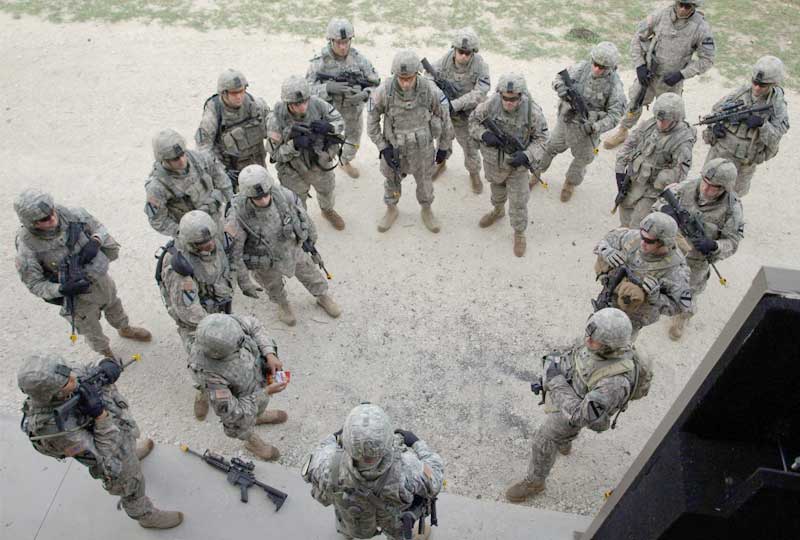
Ask the other side for ideas on how to resolve the problem, so that he or she has input and feels included. This is part of drawing the other party toward a solution.
Find Similarities
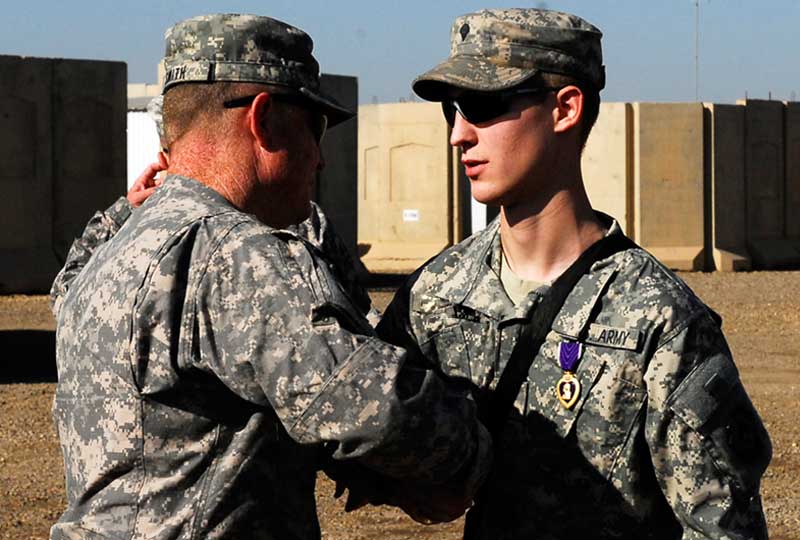
Capitalize on shared interests. Acknowledge and emphasize similarities between the two sides’ arguments. This provides a good starting point for finding a resolution that addresses both sides’ goals.
Offer a Choice
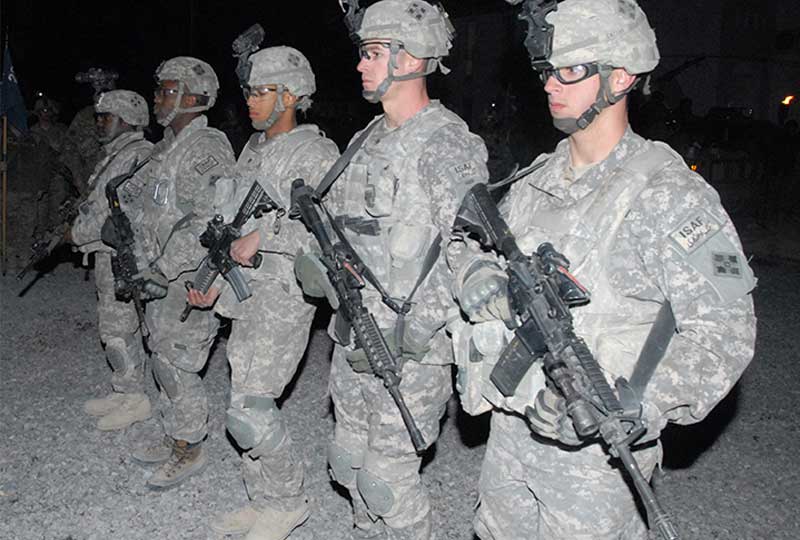
Offer the other side a choice so they don’t feel pressured by a particular outcome. This is another way of soliciting input from the other side and incorporating that input.
Assume Rationality
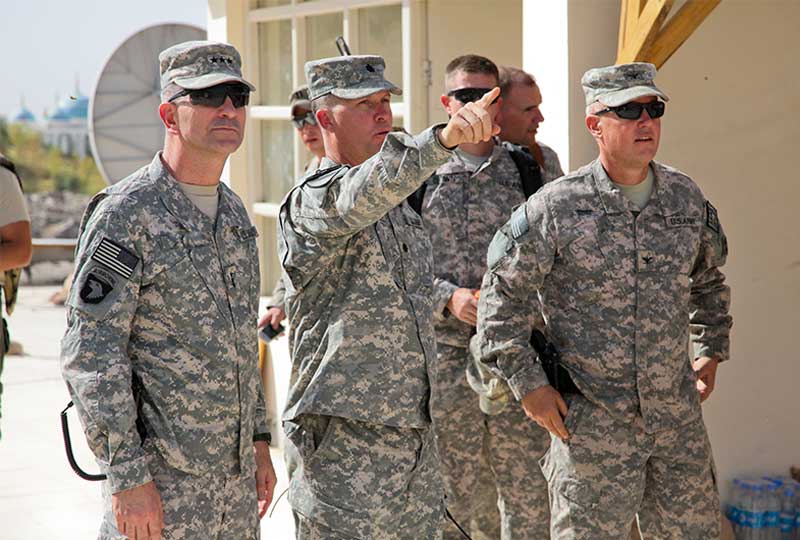
Do not dismiss the other side as irrational. Each side has its own internal logic. Dismissing one side as irrational ignores their ideas and widens the gap between the two conflicting parties.
Recognize Human Needs
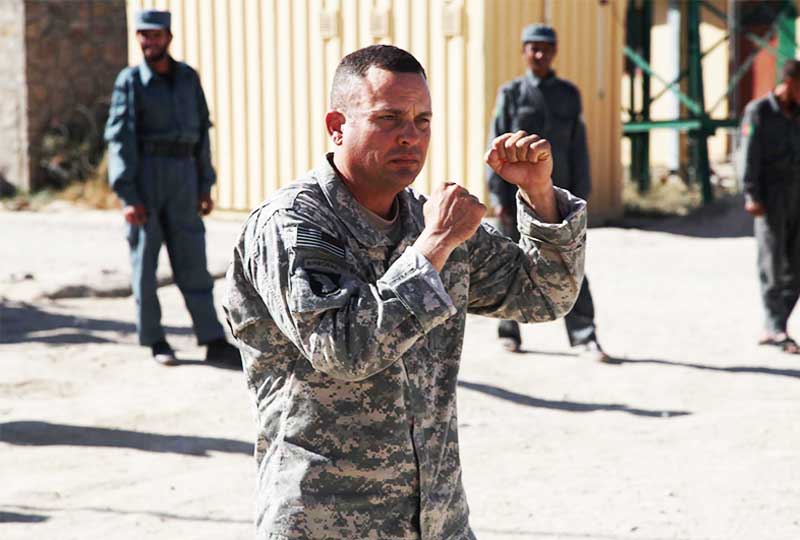
Recognize the other side’s basic human needs. These are needs that are fundamental and must be addressed, such as personal safety. Any suggested solution should take into account these basic, non-negotiable needs if it is to resolve the conflict.
State Changes

State how circumstances have changed, so that if the other side concedes to a point, they’re not backing down. Rather, that side is changing to fit a new situation. This allows that side to save face and maintain their pride.
Avoid Attacks

Avoid negative attacks on the other side. Negative attacks include name-calling, threatening, or criticizing the other side, and may put that person or group on the defensive.
Be Accepting

Do not force your beliefs onto the other side. This can mean either ordering one person to accept the other side’s point or forcing one side to accept a point through the guise of logical argument.